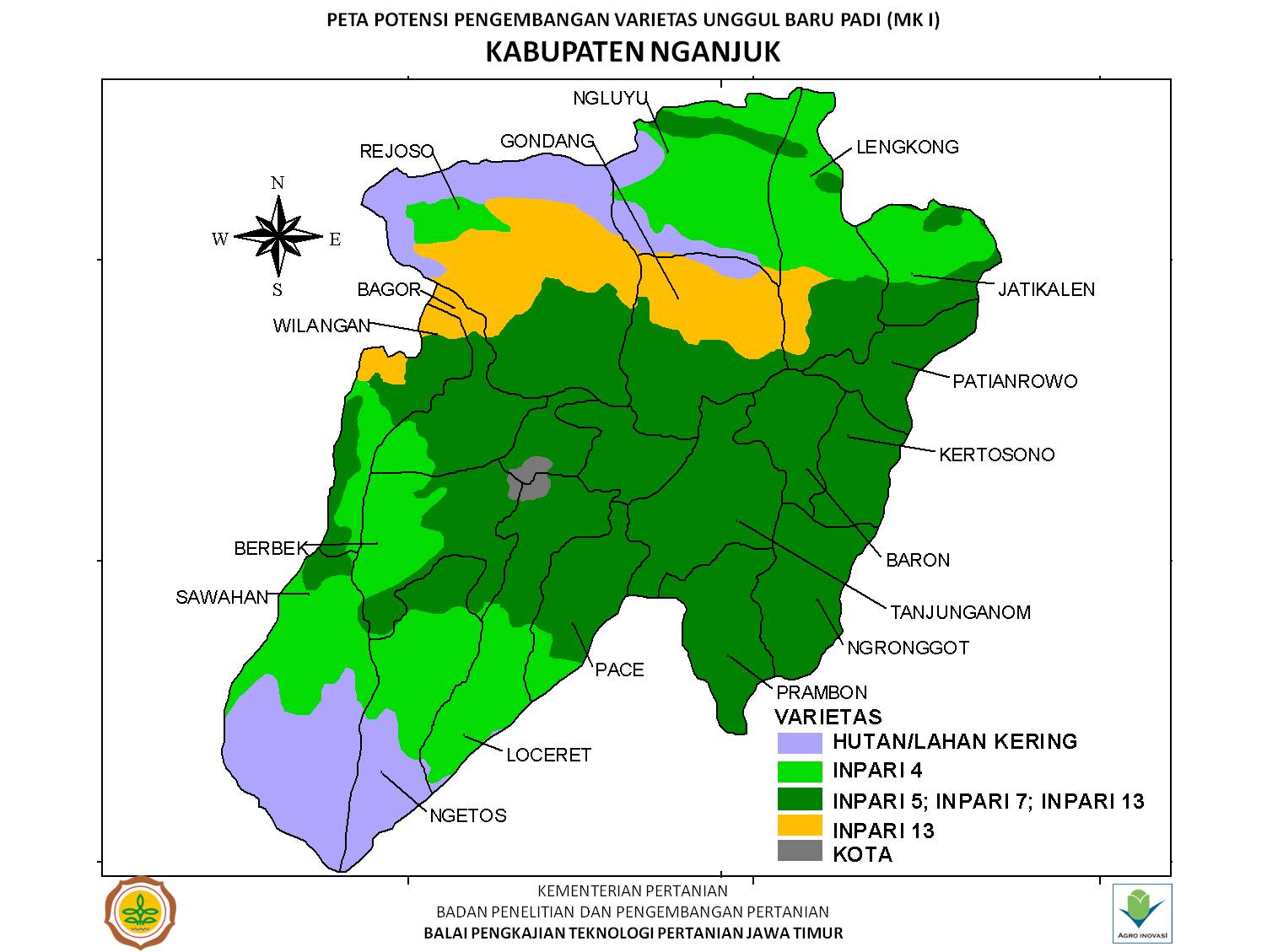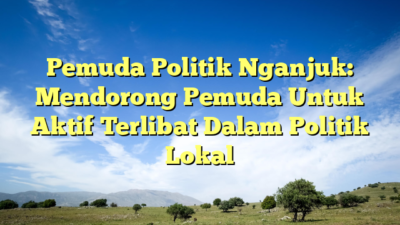As we gear up for the upcoming elections, it’s important to understand the political landscape and the parties vying for power. To help you navigate this complex terrain, we’ve put together a comprehensive guide to the political parties in Indonesia.
Peta Kekuatan Partai Politik dalam Pilkada 2017 – Grafis Tempo.co
What: This map shows the distribution of political party strength across Indonesia during the 2017 elections.
Why: Understanding the relative strength of different parties can help voters make informed choices about who to support during the election cycle.
Benefits: By taking the time to understand the distribution of political power across the country, voters can ensure that their voices are heard and that their priorities are reflected in the policies and decisions made by elected officials.
Ideas: One way to use this map is by comparing it to other election maps from previous years. This can help voters identify trends in political power and better understand how different parties and candidates are likely to perform in upcoming elections.
How to: To use this map effectively, voters should take the time to research each of the political parties represented. This can involve reading up on their platforms and policies, as well as examining their track records and past performances in government.
Tips: When researching political parties, it’s important to look beyond the headline policies and get a sense of each party’s overall vision for the country. This can involve examining their values and priorities, as well as their stance on key issues such as corruption, economic growth, and social justice.

Peta Kabupaten Nganjuk Save Our Earth – gambar daerah
What: This map shows the location of Nganjuk in East Java and highlights the environmental challenges facing the region.
Why: Understanding the environmental risks facing a particular region can help individuals and communities take action to preserve local ecosystems and safeguard the health of local populations.
Benefits: By taking steps to protect local environments, communities can improve the quality of life for local residents, promote economic growth through sustainable development, and help preserve natural resources for future generations.
Ideas: One way to use this map is by identifying the specific environmental challenges facing Nganjuk. This can involve researching local industries and identifying areas of environmental risk, such as air and water pollution, soil degradation, and deforestation.
How to: To protect local environments, individuals and communities can take a number of steps, such as reducing their use of single-use plastics, recycling and composting, using public transportation, and choosing products that are sustainably produced.
Tips: When pursuing environmental goals, it’s important to work collaboratively with local government, NGOs and other stakeholders to build a shared vision for sustainable development. This can involve organizing educational campaigns, lobbying local authorities, and developing partnerships with local businesses and organizations.
.png)
Perolehan Suara Partai Pada Pemilu 2014 – Berbagai Suara
What: This chart shows the distribution of votes across different political parties during the 2014 general election.
Why: Understanding how different parties performed during previous elections can provide valuable insights into their strengths and weaknesses, as well as their overall appeal to voters.
Benefits: By analyzing election data from past years, voters can identify trends in political power and better understand how different parties and candidates are likely to perform in upcoming elections.
Ideas: One way to use this chart is by comparing it to other election charts from previous years. This can help voters identify which parties or issues are gaining or losing support over time.
How to: To use this chart effectively, voters should take the time to research each of the political parties represented. This can involve reading up on their platforms and policies, as well as examining their track records and past performances in government.
Tips: When researching political parties, it’s important to look beyond the headline policies and get a sense of each party’s overall vision for the country. This can involve examining their values and priorities, as well as their stance on key issues such as corruption, economic growth, and social justice.

Ini Peta Kekuatan Parpol yang Bisa Mengusung Capres – GenPI.com
What: This map shows the relative strength of different political parties and coalitions that might be able to field a presidential candidate during the upcoming elections.
Why: Understanding the potential coalitions that might emerge during the elections can provide voters with valuable insights into the distribution of political power and the potential outcomes of the election cycle.
Benefits: By analyzing the political landscape early in the election cycle, voters can make informed decisions about which candidates to support and which coalitions are likely to have the greatest influence over policy decisions.
Ideas: One way to use this map is by identifying which political parties are most likely to form a coalition and which candidates are most likely to emerge as frontrunners during the elections.
How to: To use this map effectively, voters should take the time to research each of the political parties represented. This can involve reading up on their platforms and policies, as well as examining their track records and past performances in government.
Tips: When researching political parties, it’s important to look beyond the headline policies and get a sense of each party’s overall vision for the country. This can involve examining their values and priorities, as well as their stance on key issues such as corruption, economic growth, and social justice.

POTENSI SASARAN INDUSTRI DI KABUPATEN NGANJUK
What: This map shows the potential areas for industrial development in the Nganjuk region of East Java.
Why: Identifying areas of potential industrial development is an important step in growing the local economy, creating new jobs, and promoting sustainable economic development.
Benefits: By identifying areas of potential industrial development, policymakers and entrepreneurs can work together to create new industries, promote economic growth, and improve the overall standard of living in the region.
Ideas: One way to use this map is by identifying which industries are most likely to thrive in the Nganjuk region. This can involve researching local resources, market trends, and potential partnerships with other industries and businesses in the area.
How to: To promote industrial development in the Nganjuk region, policymakers and entrepreneurs can take a number of steps, such as investing in infrastructure, promoting innovation, and creating supportive policies and regulations.
Tips: When pursuing industrial development goals, it’s important to work collaboratively with local government, NGOs, and other stakeholders to build a shared vision for sustainable economic development. This can involve organizing educational campaigns, lobbying local authorities, and developing partnerships with local businesses and organizations.

As you can see, understanding the political and environmental landscape in Indonesia is an important part of being an informed and engaged citizen. By taking the time to research each of these maps and charts, voters can make more informed decisions about election candidates, environmental policies, and economic development strategies. At the same time, policymakers and entrepreneurs can use these maps to better understand the needs and priorities of local communities, and to work collaboratively with stakeholders to build a more sustainable and prosperous future for all.












